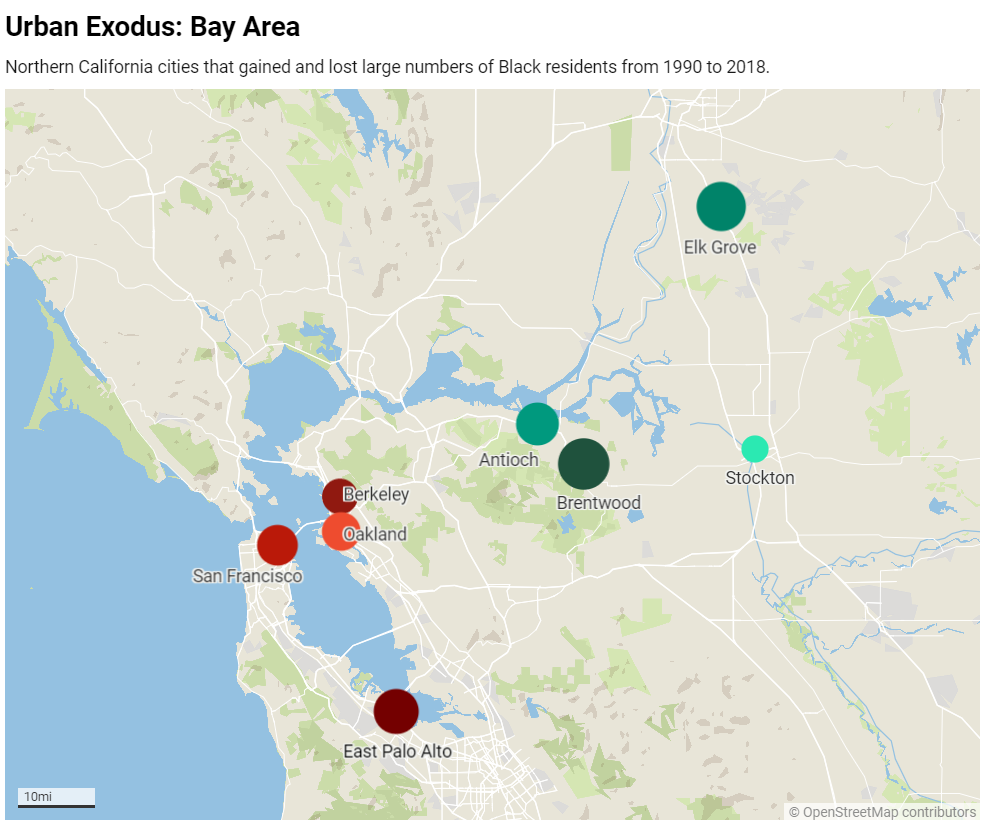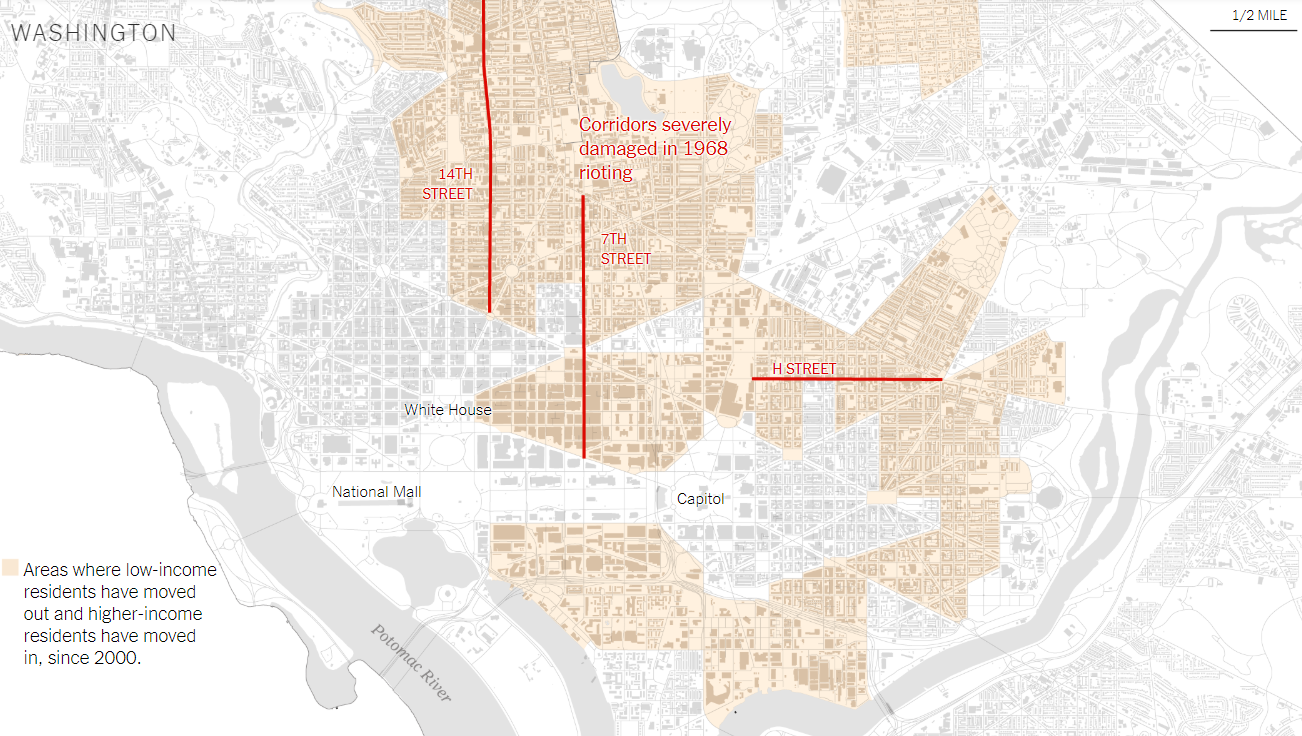Clearing Up the Runoff
New sensors installed outdoors across campus last week will provide important data about the University of Maryland’s environmental impact and are expected to put the institution in the forefront of stormwater analysis.
The sensors are part of a cross-campus project led by Marccus Hendricks, an assistant professor in the UMD School of Architecture, Planning and Preservation, in collaboration with colleagues from the National Center for Smart Growth, the College of Information Studies, the Clark School of Engineering, Facilities Management, and Arboretum and Landscape Services, and more.



